Self-Defense and fighting.
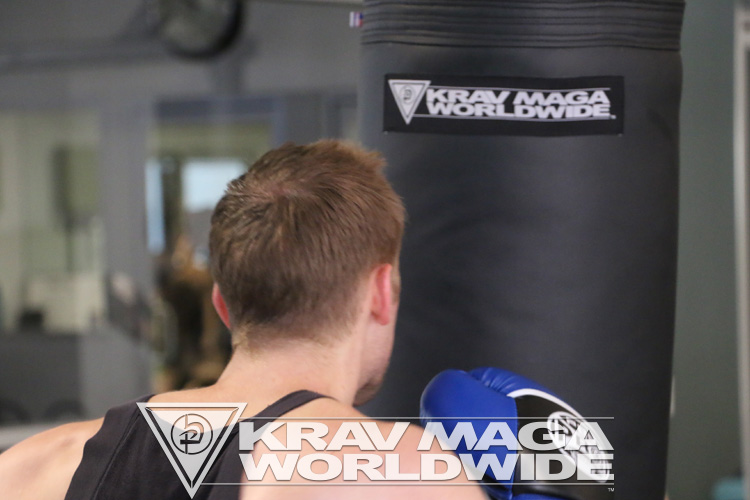
You have to know how to fight in order to defend yourself however fighting is not self-defense. That is to say, you must have fighting skills to be able to defend yourself or someone you love if you are assaulted. This is the kind of situation that Krav Maga Worldwide® self-defense considers in everything we do, it is not however the same as going out and getting into a fight.
Think about it. If you are, for example, in a parking lot trying to park your car, another car cuts you off and takes the space you were going to park in, you get into an argument with the other driver, get out of your car, the argument leads to a confrontation, you get into a fight and knock the other driver out.
Were you defending yourself in that situation? If you are out at a bar or restaurant or at school, have words with someone else, get into a fight and send the other person to the hospital, were you defending yourself? Not really.
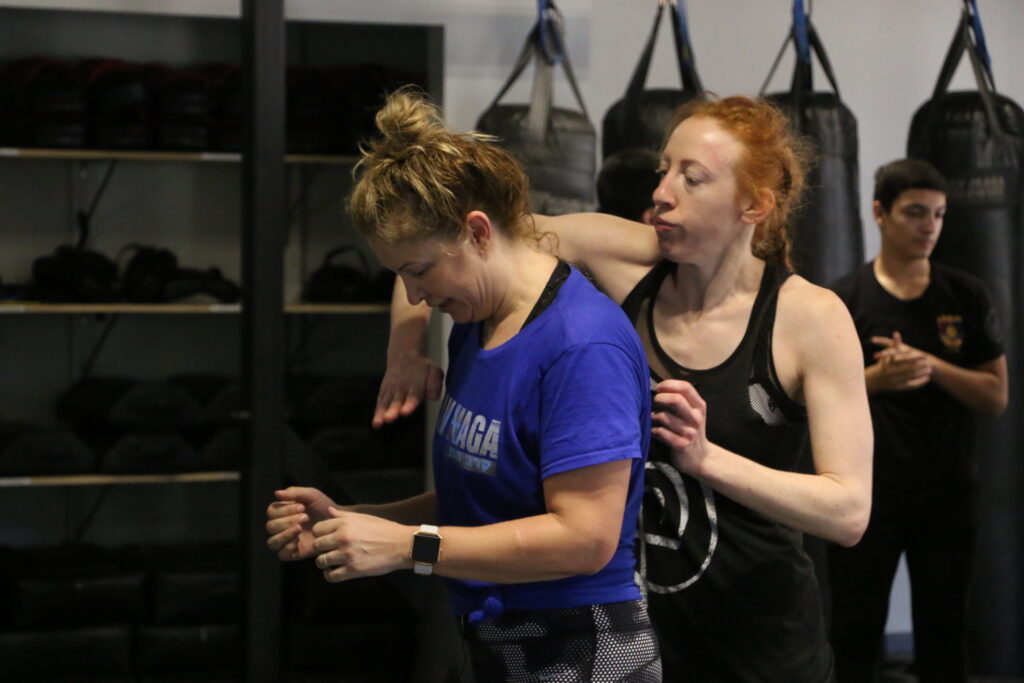
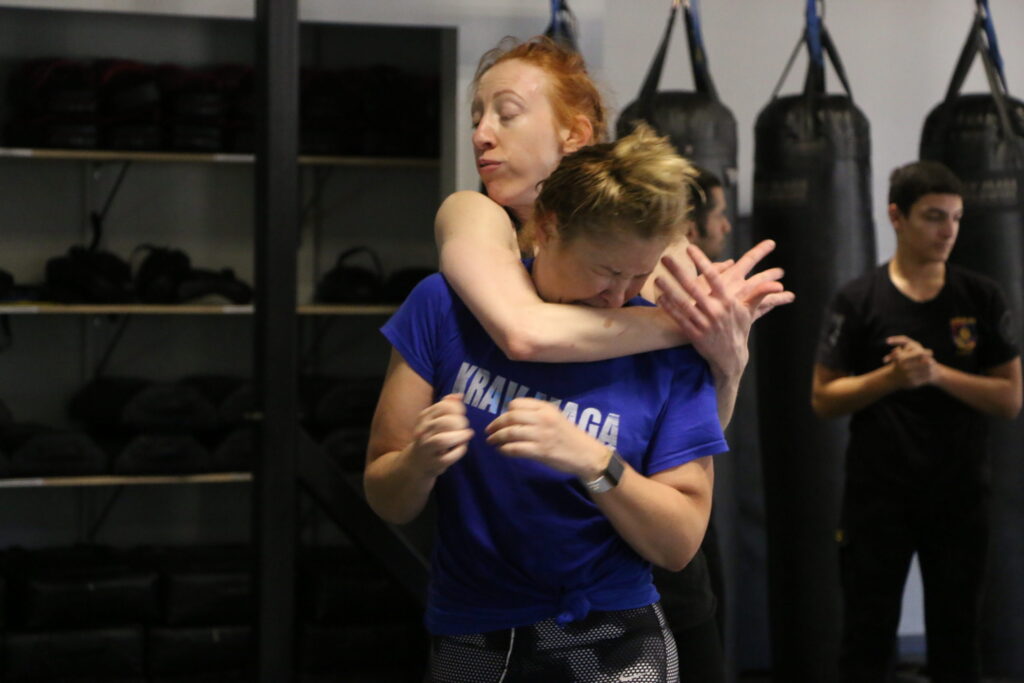
What is self-defense?
Self-defense implies that you are defending yourself in a situation in which you are not the aggressor. You’re jogging and someone tries to grab you. Walking with your significant other and someone tries to rob you. You are the target of a carjacking attempt. Targeted because of your race, gender identification, religion or other such hate-inspired motivation. You are caught in an active shooter scenario or the of a home invasion or sexual assault.
These are all instances in which you would be defending your life as opposed to utilizing fighting skills based aggression or ego.
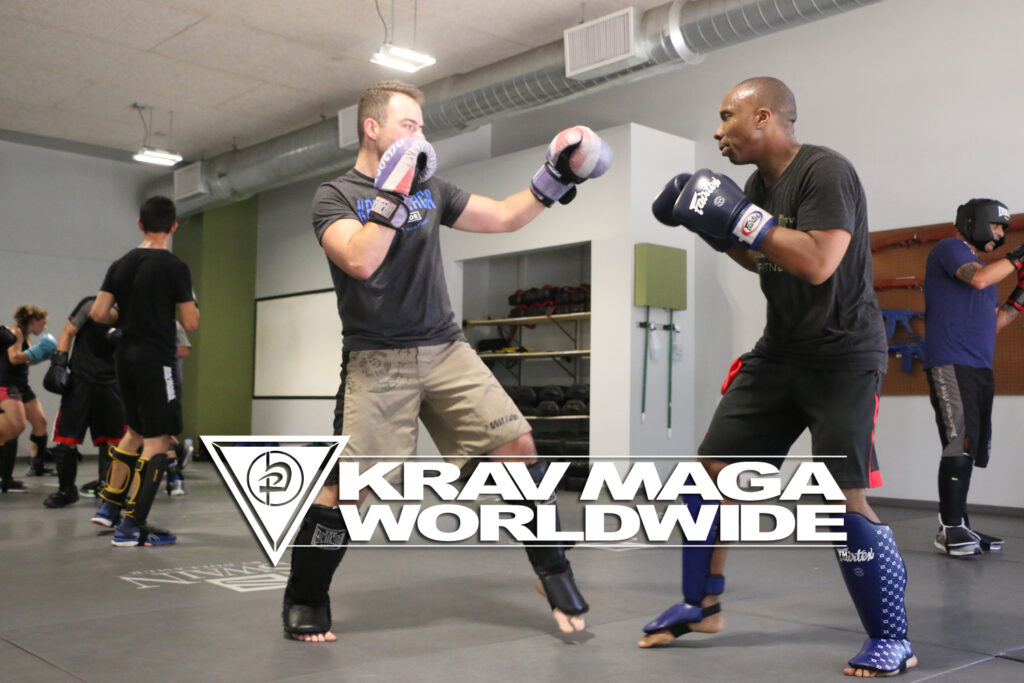
Media influence
In a way, the definition and perspective of self-defense training has been skewed by the meteoric rise in popularity that sport fighting and martial arts based competition has seen over the past decade.
Particularly mixed martial arts as a sport and competitive endeavor. There’s a perception that these competitions are what martial arts and self-defense training are, or should be aiming to achieve.
A mixed martial arts fight or boxing match, or kickboxing fight, or grappling competition, is not intended to showcase self-defense. Just the opposite. It’s consensual combat and the competitors are engaging with the goal of winning a prize of some sort. Money, a medal, an improved record, etc.

Sport fighting competitors are talented.
Make no mistake that the men and women who participate in amateur and professional martial arts based competitions are incredible athletes. They train ridiculously hard, push their bodies to become finely tuned, and are most likely very capable of defending themselves.
Training for sport fighting competition however is not the same as training for self-defense. These athletes are training to put themselves into a fight. They know who they are going to fight. What weight class they will be in. What the rules of the fight will be. Where the fight will take place. When the fight will take place, etc.
Despite the violence of the hand-to-hand combat that is involved, these contests are setup to be as fair as possible and the participants are given ample time to prepare.
The context is different
In terms of self-defense, the context is completely different. The target of an assault is not consenting to engage in combat and is most often completely unaware of what is going to happen before an incident occurs.
This is an advantage for the assailant. It is also more often than not the case that the target is selected because they are small, appear weaker, or have some other exploitable disadvantage. Is it possible that a mixed martial arts fighter…even the best in the world…could be ambushed, attacked, and end up getting seriously injured in an assault or attack?
Their skills and training are going to give them tools that will help them in that scenario but it’s certainly possible that they are capable of losing a fight outside of a cage. If that fighter has never trained on what to do if they find themselves at knife point or gunpoint or dealing with an attacker who is wielding a blunt object…how will they know what to do?
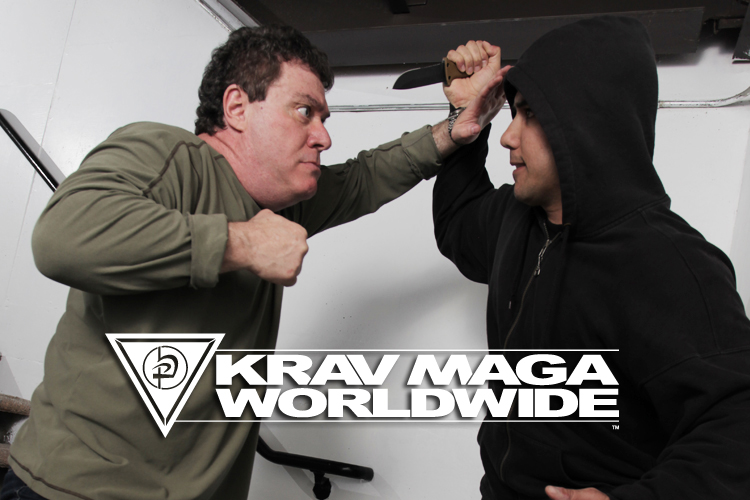
This difference between fighting back and initiating leads to differences in training mentality when comparing self-defense and fighting.
There are of course some intangible skills and abilities that have to be developed and kept sharp in order to successfully defend yourself.
Athletes who compete in mixed martial arts or competitive grappling or other sport fighting certainly have these skills and abilities but they are clearly training to apply them in a different way.
Striking
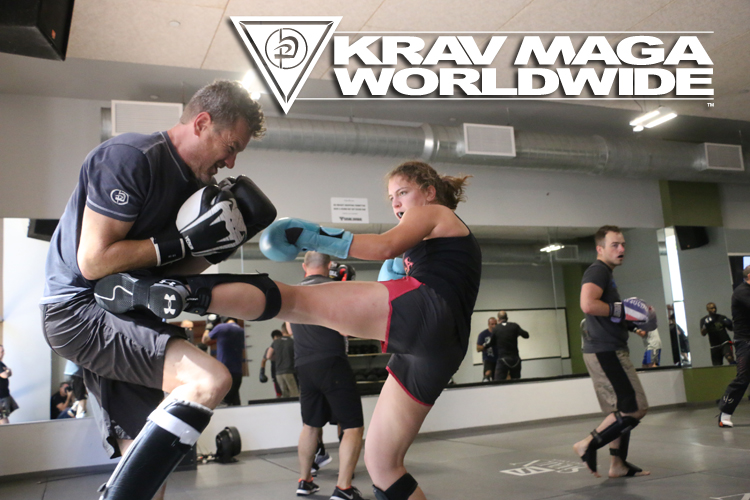
A Krav Maga Worldwide student must know how to use punches, kicks, knees and elbows in order to make physical damage to someone else.
Krav Maga Worldwide teaches these techniques and reinforces them in every class, at every level. The level of technical complexity involved in striking becomes increasingly high as students progress through the system.
A baseline level of striking ability is a must in order to deal with any self-defense situation because Krav Maga Worldwide self-defense teaches students to use aggressive counterattacks in order to neutralize an attacker. The end goal being to get away from the attacker and the situation altogether. If the student doesn’t have the ability to make powerful and aggressive counterattacks, they are not going to be able to prevail.
An average Krav Maga Worldwide student who is training for self-defense is not likely going to win in a sport fighting competition against a pro or even amateur boxer or kickboxer. The point however is that they don’t have to win in that scenario. Krav Maga Worldwide students learn the same techniques as pro and amateur fighters but are training for a different application of those skills.
Grappling
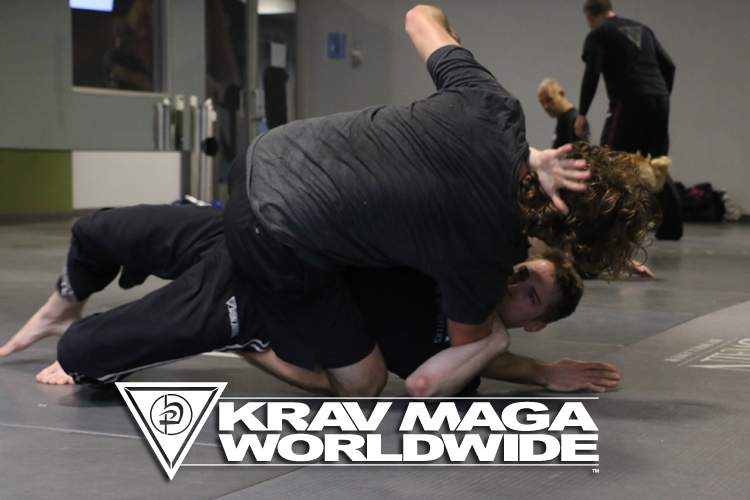
Krav Maga Worldwide students learn fundamental grappling techniques that apply to real-world threats. Things like getting grabbed by the arm or wrist, getting grabbed in a bearhug, put in a headlock, how to defend takedown attempts, how to escape from underneath someone if a fight hits the ground, and more.
Krav Maga Worldwide students don’t train for a ten minute grappling competition. There’s no focus on leg locks or learning to play a complex closed guard game.
These sorts of techniques are amazing to see in action and take years and years of training to perfect and to make into what is basically an art form, they are however not really practical when looked at from the viewpoint of Krav Maga Worldwide self-defense.
Krav Maga Worldwide self-defense utilizes grappling and ground fighting techniques to make damage and get away, not to get involved in a complex, drawn out, fight on the ground. It’s not counterproductive to learn and train on high-level grappling and wrestling techniques. That sort of training will make your skillset more diverse.
Endurance
Hand-to-hand combat is physically exhausting and taxing. Look at the physical condition that most mixed martial arts and sport fighting athletes are in. They are able to fight for a set of predetermined periods of time, or rounds, over and over again.
Krav Maga Worldwide students don’t have to be in that kind of physical shape in order to successfully defend themselves but having enough endurance, again a baseline level, will give them the ability to sustain their self-defense efforts.
These classes will build your physical and mental endurance by pushing your conditioning with weight training, striking drills, high intensity interval training and more.
One of the great advantages about Krav Maga Worldwide certified training centers is this sort of symbiotic physical and mindset training. Our purpose is to make people safer and stronger and that is what our certified training centers are built to do.
Awareness
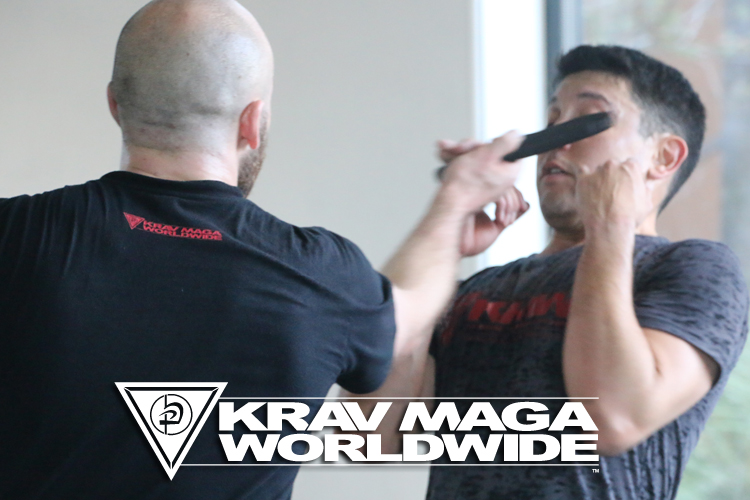
Krav Maga Worldwide self-defense teaches situational awareness and gives students the knowledge to be able to avoid a physical danger if possible. It’s this mentality that really differentiates self-defense from fighting.
A Krav Maga Worldwide student is aware of how to avoid a situation where they would be forced to engage in hand-to-hand combat. Training in self-defense is training to respond tactically and aggressively if “X” happens. This is because, out in the world or on the streets, if you get into a fight, it’s more than likely that someone is going to get hurt. Even if you win you are probably going to sustain some sort of damage. Further, fighting has consequences both legal and personal.
Developing "situational awareness"
In that way of thinking, the idea that a Krav Maga Worldwide student is not going to initiate confrontation or hand-to-hand combat, the defender is always one step behind.
In order to make up this gap in timing and the sequence of events, Krav Maga Worldwide self-defense techniques involve simultaneously defending and counterattacking whenever possible. Training like this, to realize that you are reacting and defending, instills a heightened sense of awareness in students.
Is it "better" to train for self-defense or is it "better" to train for fighting?
If you are seriously motivated to learn these sorts of skills and apply them in competition, you should be training at a gym that is cranking out amateur and pro fighters.
A reputable and well-established fight training facility will have the knowledge, connections, management, and contacts needed for you to achieve your goal.
Training at a fight training facility will have the same sort of positive impact on your fitness and your abilities as training at a self-defense gym. There’s plenty of positives. It’s not however going to give you the same mentality and awareness of some situations as training for overall self-defense.
Personal safety
If you want to learn these sorts of skills because you want to be safer, get stronger, have awareness about real world dangers and how to avoid and/or react to them in order to protect your wellbeing, you should be training at a Krav Maga Worldwide certified training center.
Training for self-defense is a lifestyle, really. It never ends because the skills you develop should be kept sharp by being consistency in training. Overall the average person is going to benefit more from the training programs offered at a Krav Maga Worldwide certified training center.
There’s full-contact sparring and fight programs at every Krav Maga Worldwide certified training center. You can train in the same fashion as people training at fight-centric facilities however Krav Maga Worldwide certified training centers are not built or run to prepare you for a sport fighting competition.
There’s really no way to define which sort of training is “better” other than based on what your own personal goals are.
Start Training Today!
Krav Maga Worldwide has certified training centers around the world that can help you develop your situational awareness training level and the best real-world self-defense skills. Click Here to find the certified training center closest to you.
